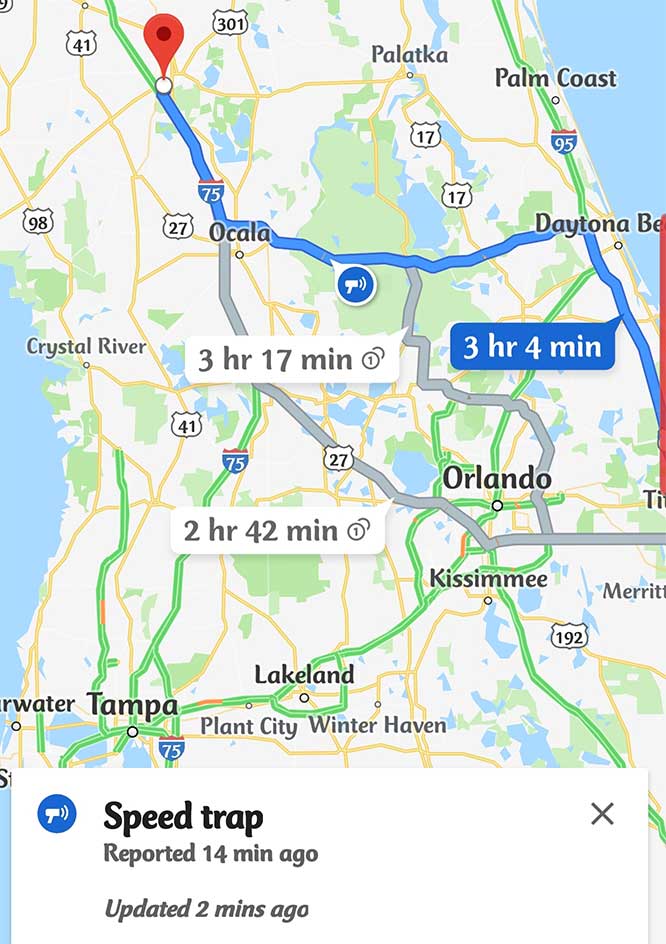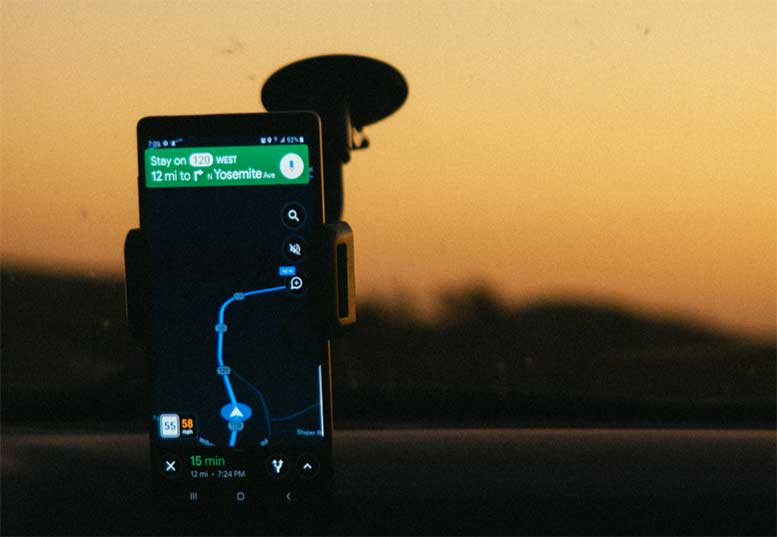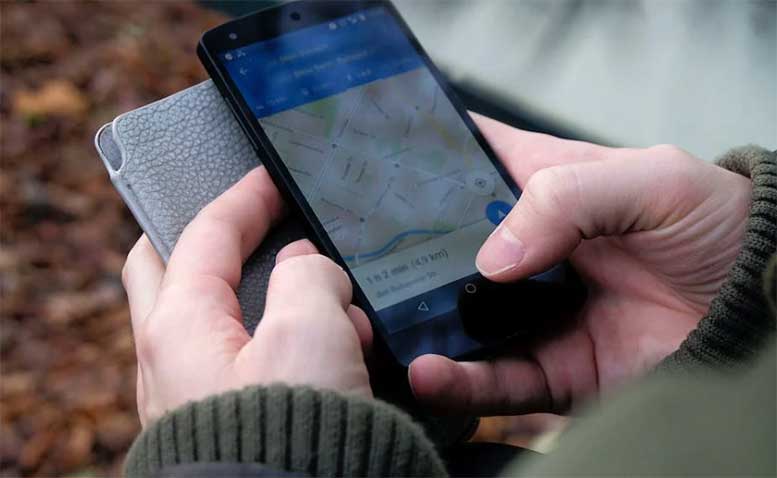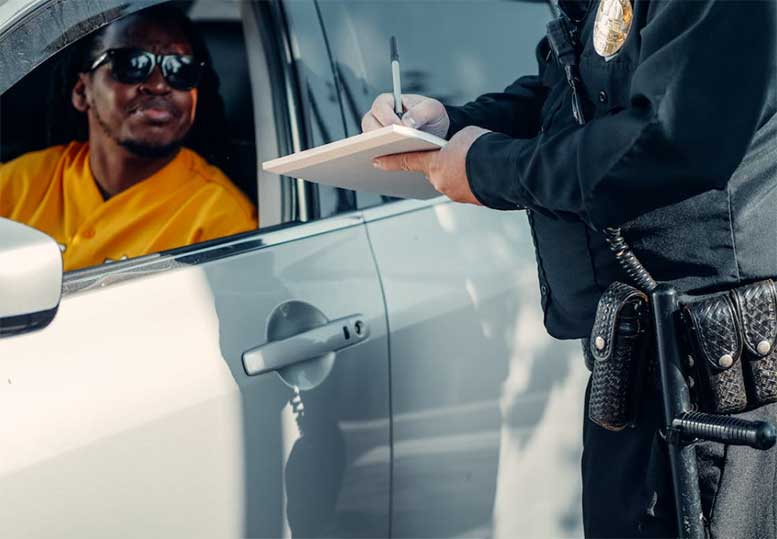Key Takeaways:
- Google Maps identifies speed traps primarily through user-generated data and its integration with Waze.
- The feature is automatically enabled if you’ve updated Google Maps since 2019, requiring no manual activation.
- Insurance companies and cross-verification methods add another layer of accuracy to the speed trap alerts, making them a reliable resource for drivers.
Navigating through the digital landscape and real roads has never been easier, thanks to Google Maps. But what if we told you that Google Maps doesn’t just guide you from point A to point B? It’s also trying to save you from an unscheduled meeting with law enforcement, specifically when it comes to speed traps!
That’s right, Google Maps has rolled out features that alert you to speed traps on your route. But how exactly do they pull off this seemingly clairvoyant trick? Strap on your seatbelt as we dig into the how and why of Google Maps’ speed trap alerts.
What Is a Speed Trap Alert on Google Maps?
Before we venture any further, let’s establish what we mean by a “speed trap alert.” In the context of Google Maps, a speed trap alert warns you about mobile speed trackers and traffic cameras that are in proximity to your current location.
The objective is clear: help you regulate your speed and avoid costly tickets, particularly beneficial for those with a heavy foot on the pedal. This feature has expanded its reach to over 40 countries, including power players like the US, Canada, the UK, and Australia.
Activating the Speed Trap Feature
If you’re wondering how to enable this ticket-saving feature, we’ve got good news for you: you don’t have to do anything.
Google has conveniently rolled out this feature as part of a server-side update. So unless you haven’t powered on or updated Google Maps since 2019, you should be all set.

The Role of User-Generated Data
Noe for the specifics of the logistics. How does Google know where these speed traps are? One of the key aspects is user-generated data. Android users have the ability to report speed traps they encounter (see our guide section below to learn how to do this).
It’s this teamwork of sorts that provides Google Maps with the information it needs to display speed traps. The more involved, the more accurate the data. But this isn’t just a one-sided affair. Google Maps also cross-verifies the presence of speed traps.
When you drive past one, it may ask you (or your co-pilot, preferably) to confirm if the speed trap is still there. By continually updating the presence of speed traps, drivers everywhere have the luxury of (hopefully) avoiding those pesky tickets.

The Waze Connection
In addition to crowd-sourced information, Google Maps utilizes data from Waze, another navigation app that just so happens to be owned by Google.
Waze has a longstanding feature that allows users to report police, speed cameras, road works, and other hazards. This rich data pool synergizes well with Google Maps, making the latter’s speed trap feature more accurate and reliable.
Insurance Companies Weigh In
Beyond crowd-sourced and internal data, insurance companies also play a role in identifying notorious speed traps. Towns that excessively depend on speeding tickets for their budget sometimes find themselves flagged by insurance companies.
It might not be a primary source for Google Maps, but it’s an additional layer that contributes to the overall accuracy of the feature.
Your Guide to Enabling Speed Trap Detection in Google Maps
While Google Maps avoids suggesting routes laden with automated speed cameras to save you from racking up fines, there might be instances when you actually want to take such routes.
For such instances, Google Maps offers a workaround. Here’s a detailed guide for Android users to activate speed trap detection within the app.
- Open the Google Maps App: Locate the Google Maps icon on your Android device and tap it to open the application.
- Access the Menu: On the top-left corner of your screen, you’ll find the menu button, often represented by three horizontal lines. Tap it to reveal a dropdown menu.
- Navigate to Settings: Scroll down through the options and tap on “Settings” to enter the section where you can make customizations to the app.
- Select Speed Limits: Once in Settings, scroll until you find the option that says “Speed Limits” and tap on it.
- Toggle the Speed Trap Alerts: Adjacent to “Speed Trap Alerts,” you’ll find a toggle. Slide this toggle to the right to enable the feature.
- Confirmation Pop-Up: A pop-up box will appear to confirm your action. Tap “OK” to finalize the changes.
- Reopen Google Maps: Exit out of Settings and relaunch Google Maps to see speed trap alerts functioning in real-time.
This simple, straightforward guide allows Android users to enable speed trap detection in Google Maps on an Android device. Now, you can take that riskier route if you wish, but with all the info you need to keep your driving record spotless.

Navigating the Maze of Speed Traps: Advanced Tactics and Benefits
While turning on speed trap alerts in Google Maps is certainly an effective strategy, there are other ways to stay ahead of the curve. Let’s explore these tactics and the benefits that accompany savvy navigation.
- Voice Commands: Google Maps has integrated voice command capabilities. Simply tap the microphone icon within the app and ask Google about nearby speed traps. This is particularly useful when you’re driving alone and need to keep your eyes on the road.
- Pre-Trip Planning: Before you even start your vehicle, it’s advisable to become familiar with the area you’ll be navigating. If you’re unfamiliar with a particular area, perhaps consider alternative routes to avoid any surprises.
- Mind Your Speed: This might sound obvious, but when you’re driving in an unfamiliar area, keep a keen eye on your speedometer. Overstepping the speed limit, even unintentionally, can attract unwanted attention.
- Weather Considerations: Bad weather can be a hotbed for speed traps. Law enforcement agencies are well aware that motorists often ignore reduced speed limits during inclement conditions. So make it a point to slow down when the weather is uncooperative.
- Steer Clear of Congested Routes: Especially within city limits, busy streets are fertile grounds for speed traps. If possible, opt for less congested routes where you can maintain a consistent speed without worrying about hidden speed cameras or patrol cars.
If you find that you’re prone to getting pulled over for whatever reason, it might behoove you to employ some or all of the tactics above. With these and Google Maps in your corner, you should be far less likely to speed and get caught red-handed.

Why You Should Turn on Speed Trap Alerts in Google Maps
There are numerous reasons why you should take advantage of this modern marvel of technology. Let’s explore the top benefits to see why you should turn on speed trap alerts.
- Avoid Tickets: The most immediate benefit is the decreased likelihood of receiving a speeding ticket. Those can be expensive and also lead to points on your driving record.
- Time Efficiency: Knowing where speed traps are located allows you to better plan your route. By avoiding these areas, you’re less likely to be pulled over, which saves time in the long run.
- Financial Savings: Avoiding a speeding ticket obviously saves you money, but think about the long-term impact on your insurance premiums. Speeding tickets can significantly raise your insurance costs over time.
- Vehicle Maintenance: Frequent rapid acceleration and deceleration, often associated with avoiding speed traps, can wear your vehicle down. By knowing where these traps are, you can maintain a more consistent speed, which is beneficial for your car’s longevity.
- Stress-Free Journey: Knowing where speed traps are allows you to focus on the drive and reach your destination without the constant worry of being pulled over.
Now that we’ve given you a 360-degree view of managing speed traps, you’re more than equipped to hit the road with confidence. Knowledge is power, and in this case, it might just save you a good chunk of change and peace of mind.

Future Prospects: Where Are We Headed with Speed Trap Technology?
As a platform, Google Maps is never stagnant; it’s a continuously evolving ecosystem designed to make our lives on the road easier and safer. The introduction of the speed trap alert feature is merely one step in this progressive journey.
In fact, as technology advances, we can anticipate a host of new capabilities aimed at enriching user experience and enhancing road safety.
Beyond Speed Traps
While the speed trap function is already making waves, Google Maps is aiming to offer a holistic experience that encapsulates various aspects of driving.
It’s feasible that we may see real-time analytics on road conditions, more precise ETA calculations based on aggregated driver behavior, or even enhanced voice-activated controls for a hands-free experience.
Safety First
The fundamental shift we’re seeing is one that moves beyond mere convenience to prioritize safety.
Think lane-departure warnings, integration with local traffic law databases, and even possible collaborations with car insurance providers to offer metrics-based discounts for safe driving.
Customization
Another avenue of growth could be in personalization features, offering customized route suggestions based on driving style, vehicle type, or even your schedule.
These could mesh well with speed trap alerts, enabling the system to offer routes that align with your comfort zone when it comes to road vigilance and speed management.
Data Integration
Given Google’s proclivity for big data, we can also expect a more integrated system that pools data not just from Google Maps users but also from other platforms, perhaps even municipal and federal databases, for a more comprehensive real-time snapshot of road conditions.
As you can see, the road ahead for Google Maps is quite promising. The speed trap alert is just the tip of the iceberg in a sea of potential improvements designed to serve the driver of tomorrow.
Final Thoughts
In the high-speed, interconnected world we live in, it’s reassuring to know that a tool as accessible as Google Maps is working around the clock to make our commutes safer and more efficient. So be sure to take advantage of this forward-thinking technology to keep you safe (and ticketless) in your travels.
Meet Ry, “TechGuru,” a 36-year-old technology enthusiast with a deep passion for tech innovations. With extensive experience, he specializes in gaming hardware and software, and has expertise in gadgets, custom PCs, and audio.
Besides writing about tech and reviewing new products, he enjoys traveling, hiking, and photography. Committed to keeping up with the latest industry trends, he aims to guide readers in making informed tech decisions.

